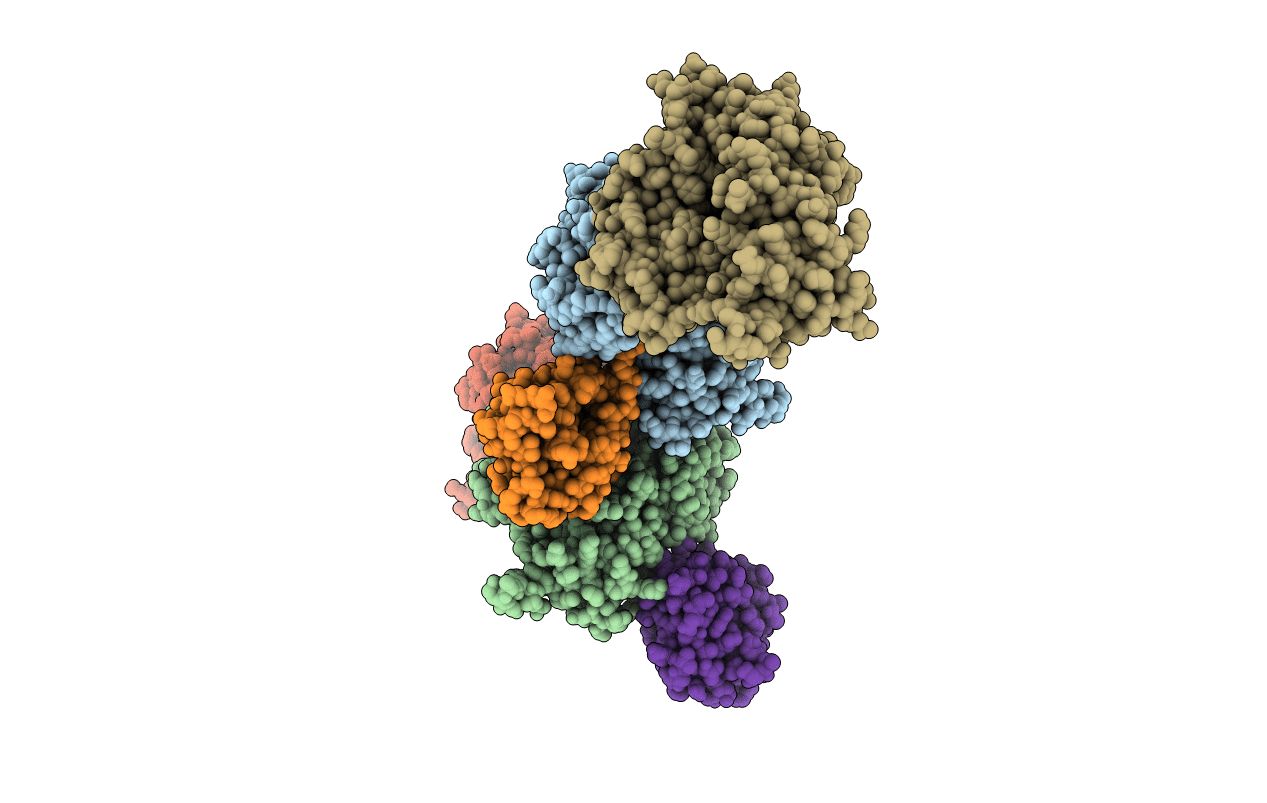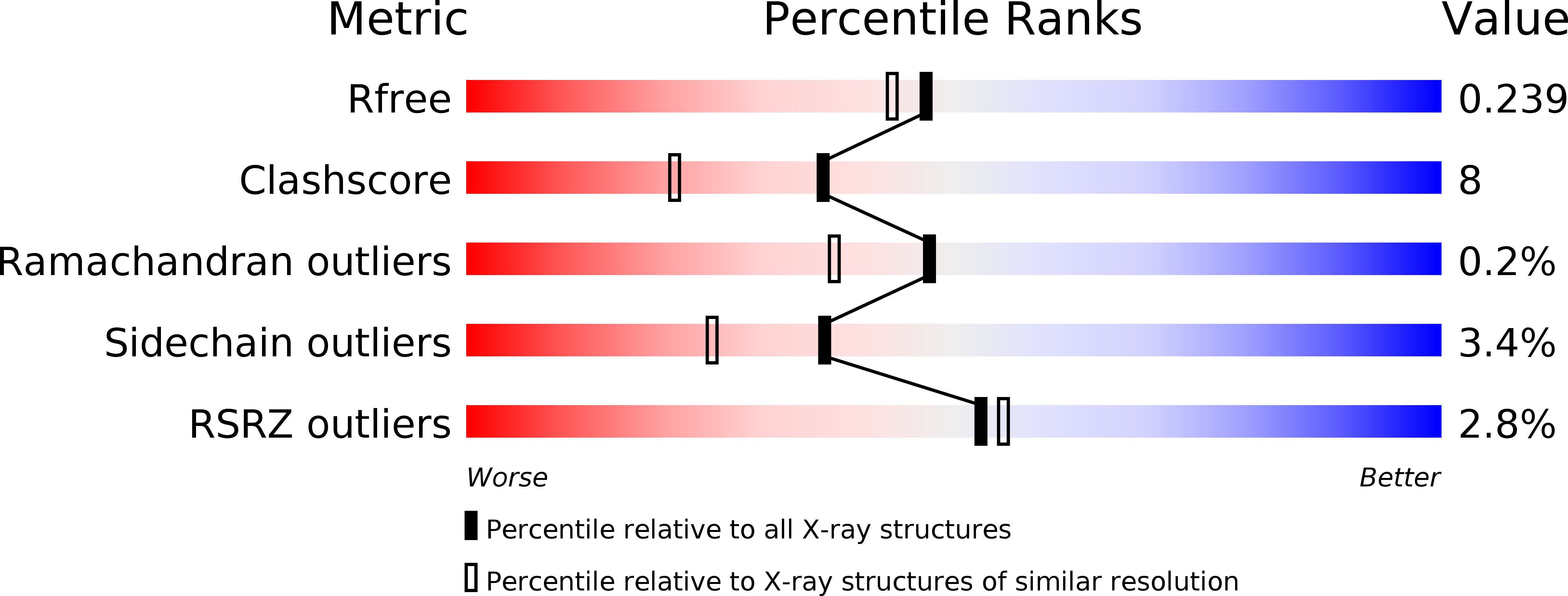
Deposition Date
2009-10-06
Release Date
2010-04-07
Last Version Date
2023-11-01
Method Details:
Experimental Method:
Resolution:
1.98 Å
R-Value Free:
0.23
R-Value Work:
0.17
R-Value Observed:
0.17
Space Group:
P 1


